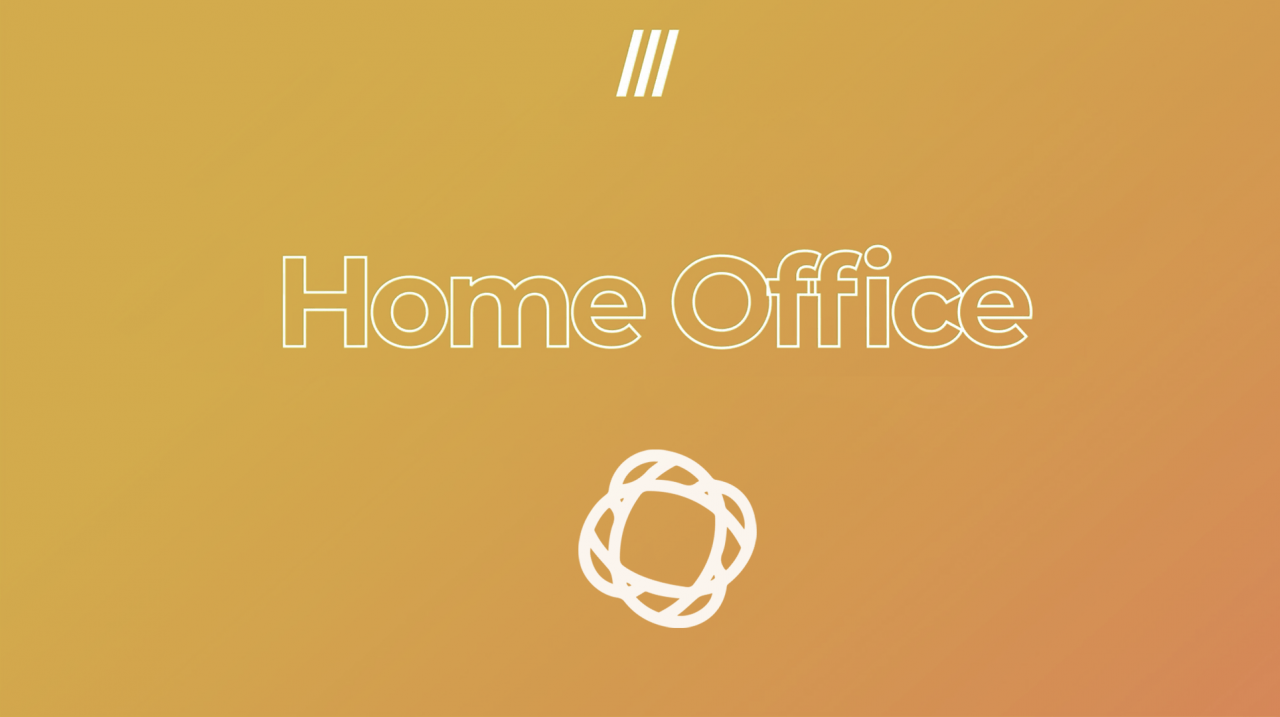A new coronavirus relief bill will provide $284 billion in loans for small businesses. Here are some key details.
President Donald Trump has signed into law a new $900 billion coronavirus relief and stimulus package. Among its provisions: An extension of last spring’s Paycheck Protection Program, allowing another $284 billion or so in forgivable, federally backed loans for ailing small businesses.
The initial program, overseen by the U.S. Department of Treasury and Small Business Administration, shepherded some $525 billion to more than 5 million recipients but was fraught with loopholes and liabilitiesthat raised countless issues throughout an already complex process.
The new Economic Aid to Hard-Hit Small Businesses, Nonprofits and Venues Act clarifies questions about the loan process, but also adds rules about applying for new loans and seeking forgiveness for old ones. The bill gives the Small Business Administration 10 days to implement the new rules, so more specific rules could be coming. Until then, borrowers should turn to their lenders for guidance.
Here are some answers to questions business owners might have.
How does this round of loans differ from the last one?
Some aspects are broadly the same. Applicants have between eight and 24 weeks to use the funds, with at least 60 percent going toward payroll and the rest toward eligible expenses like rent and utilities.
New loans are capped at $2 million, compared to $10 million before. Applicants must have no more than 300 employees, instead of up to 500, and must demonstrate at least a 25 percent drop in revenues from the fourth quarter of 2019 to the same period this year.
The bill expands the type of covered expenses to include things like cloud computing or remote-work software; and equipment for government-mandated sanitation and social-distancing, like sneeze guards or air filtration systems. It even covers “property damage and vandalism or looting due to public disturbances that occurred during 2020.”
One notable aspect of the new bill that’s not directly tied to new loans is an expansion of the employee retention tax credit, a facet of the Coronavirus Aid, Recovery and Economic Stimulus (CARES) Act that encouraged employers not to shed jobs. Originally, businesses that got Paycheck Protection Program loans were not eligible to claim that credit. Now they are.
If I already got one loan, can I get another one?
Yes. These are called “second draw” loans, and as long as you meet the qualifications above, you can apply. The deadline for all new loans is March 31.
Are any businesses eligible for more help than others?
New loan amounts are determined by a formula that involves payroll costs multiplied by a factor of 2.5 (again, capped at $2 million). Restaurants and other hospitality businesses may multiply those costs by 3.5, making them eligible for slightly more funding.
The bill restricts certain companies from applying for loans, including businesses specializing in political or lobbying activities — like the Florida Democratic Party, which received, then returned, $780,000 the last time around. Also excluded: Businesses with extensive dealings in China, or who have China residents on their boards.
Concert venues, theaters and museums, which had long lobbied for additional aid, are not eligible for new Paycheck Protection Program loans, but can apply for special “Shuttered Venue Operator Grants” worth up to $10 million.
How will this impact my existing forgiveness application?
If you got more than $150,000, it probably won’t. If you got less, the process should be much easier.
A few weeks ago, the government simplified forgiveness applications for businesses that got less than $50,000, requiring only a description of how much loan money was spent on payroll, and how many employees the recipient was able to retain as a result. The new bill ups that limit to $150,000. Affected businesses will not need to submit documentation supporting their claims, but should keep it on hand in case of an audit down the line.
If you’ve already applied for and received forgiveness, none of the new provisions apply — you’re done. But you can try to get a second loan.



